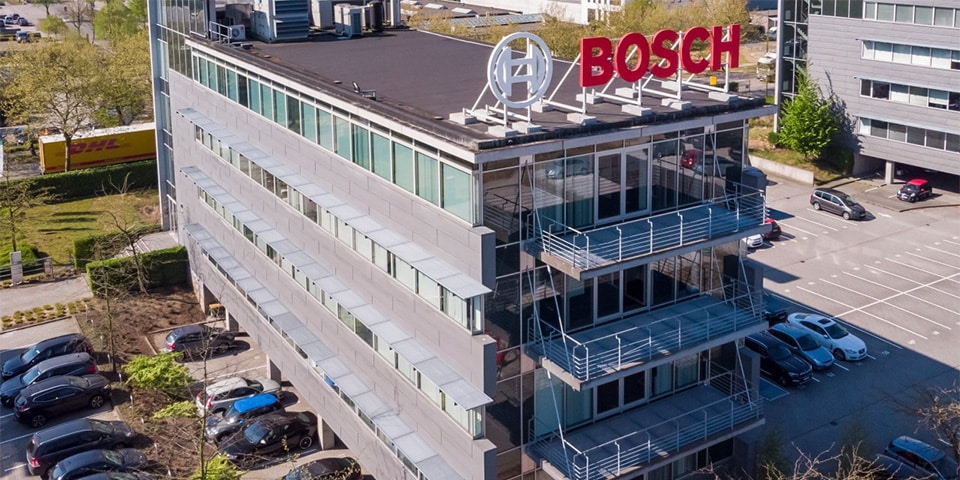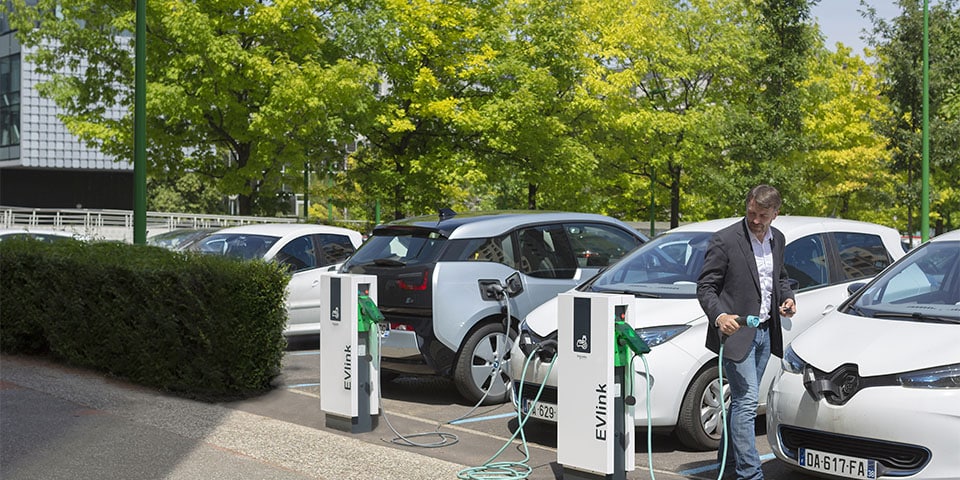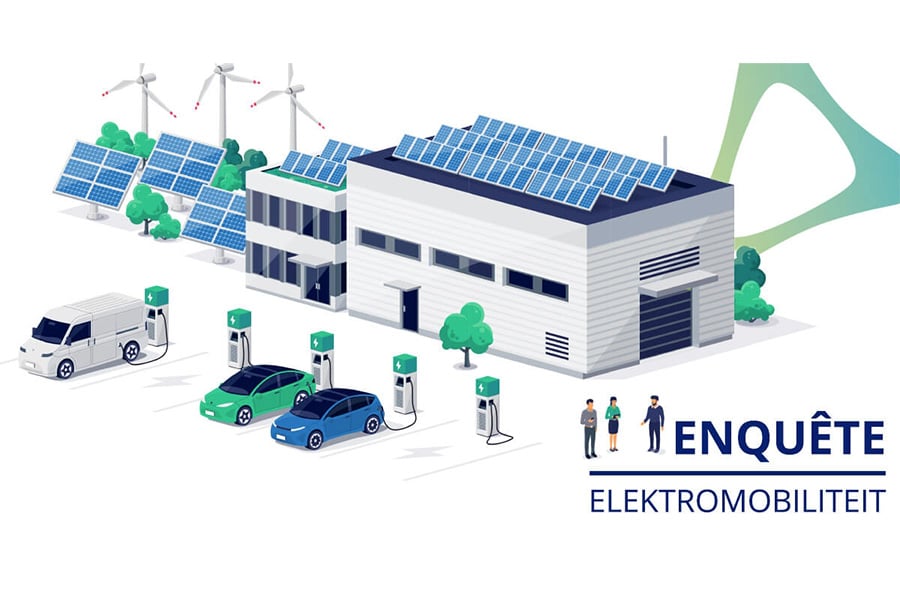
The opportunity of e-mobility for the installer
Electrification of vehicles (EVs) is gaining momentum with charging infrastructure being a crucial element for energy transition. “Smart charging” is seen as a solution to maintain grid balance by providing flexibility. Choosing a particular charging station and installing it is a task for the installer. In April 2023, Techlink polled via an online survey the extent to which its installation companies use EVs and they offer charging solutions to their customers.
Greening the company car fleet
As with any innovation, there are “early adopters” and a large group that is not convinced of the potential benefits of an innovation until later. This is no different with EVs. 28% of respondents (business owners) are currently still mainly driving a plug-in hybrid and to a lesser extent a 100% EV (16%). 34% does not even have an EV yet. “In my contacts with business managers, I notice that there are still a lot of questions about taxation, regulations, technology and autonomy, the still significantly higher price threshold at purchase and the smaller supply in the cheaper market segment, uncertainty about charging infrastructure and the electricity tariff to be applied, ... it makes business managers put the brakes on a bit more at the moment,” says Vincent Vancaeyzeele, Technology and Innovation Manager at Techlink.
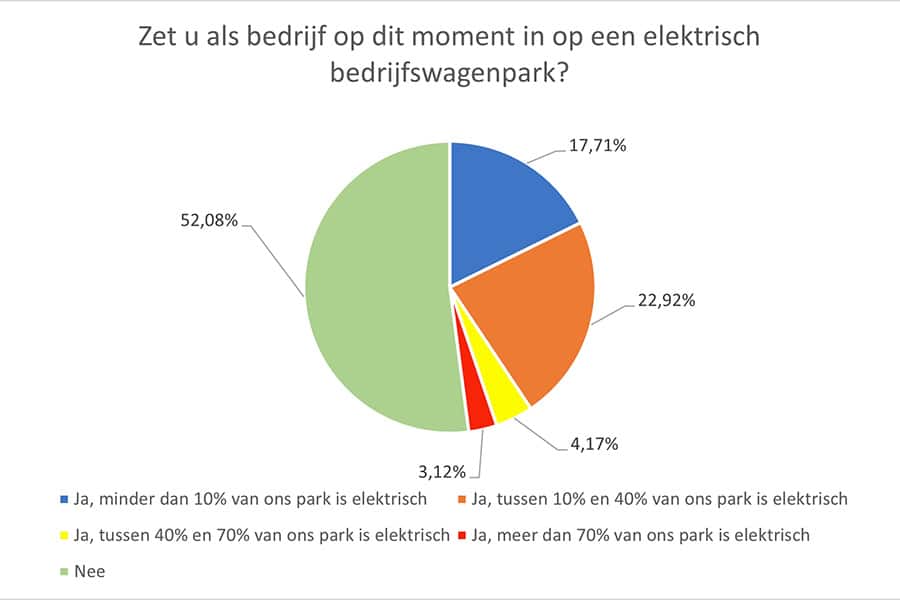
Chart 1 shows that about 48% of respondents are currently committed to an electric commercial vehicle fleet. It can be said that we are in a transition phase, where companies will soon make final choices when they will feel the heavier taxation on commercial vehicles and fossil fuels (e.g. diesel, petrol) will also become more expensive in the future.
The presence of charging infrastructure is often associated with the fact that the company manager himself has a vehicle that needs a charging point. But in a few years, many employees and visitors to companies will drive electric. Company cars purchased from 2026 onwards will only be tax deductible if they are electric. A charging infrastructure in the company car park may soon become a mobility necessity. Therefore, it is important to conduct proper studies from the beginning, including the necessary and available on-site charging capacities, so that the company infrastructure is ready for the future.
To integrate EVs into fleet management, companies should make their car policies electric. However, 73% of respondents do not have an adapted car policy. The main reasons given are that the fleet is too small, there is a lack of time to work it out, or it is simply not a priority. “An electric car fleet requires a broader mobility strategy. The mobility mix (EV and public transport) has a significant impact on the composition of the company car fleet and on parking and charging policies. As a thought leader in the energy transition, Techlink is not only working internally on its greening of the vehicle fleet and associated charging infrastructure. But Techlink will make available to its members an E-learning on “Green car policy” in the autumn,” says Lucine Albertian, HR Manager & Senior Legal Advisor at Techlink.
Charging station installer
Smart charging solutions for EVs are undoubtedly an important opportunity for installers. 52% of respondents say they install charging stations for EVs (see chart 2), and more than half of them have started this activity in the past 2 years. The customer base is evenly divided between private and business customers, with a slight predominance of B2B customers. Charging stations are electrical installations that require the technical knowledge of a professional. After all, their installation is always bespoke. One size fits all does not apply to charge posts, so it is important that the installer has the necessary knowledge to choose the best solution in each situation.
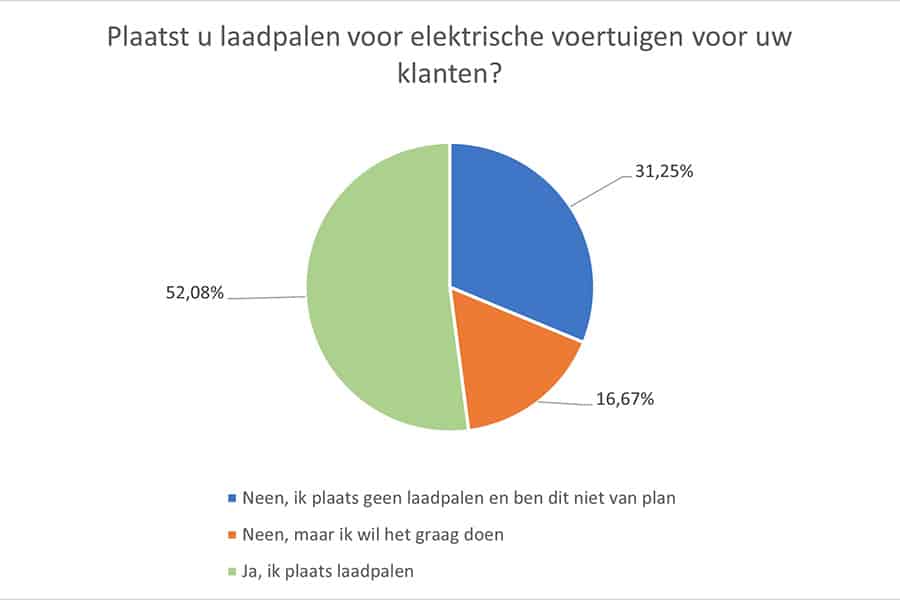
“In response to the greatly increased ambitions of governments as a result of the obligations arising from the Green Deal, we note that our installation companies are actively seeking expertise and competences to provide the necessary charging infrastructure to meet these ambitions. These competences are needed to enable the transition to electric mobility. The biggest challenges are the safe installation of this infrastructure in accordance with the AREI for electrical installations, the fire safety of EVs in car parks and the management of large-scale charging infrastructure in line with the available capacity on the distribution networks,” says Eric Piers, CEO of Techlink.
The charging station is taking on an increasingly important role in integrated renewable energy systems. For instance, the combination of PV panels and EV charging is increasing rapidly. Graph 3 shows that 48% of the respondents install charge posts together with PV. Charging directly with your own solar power, or via battery storage when the sun is not shining, makes sense and offers cost advantages.
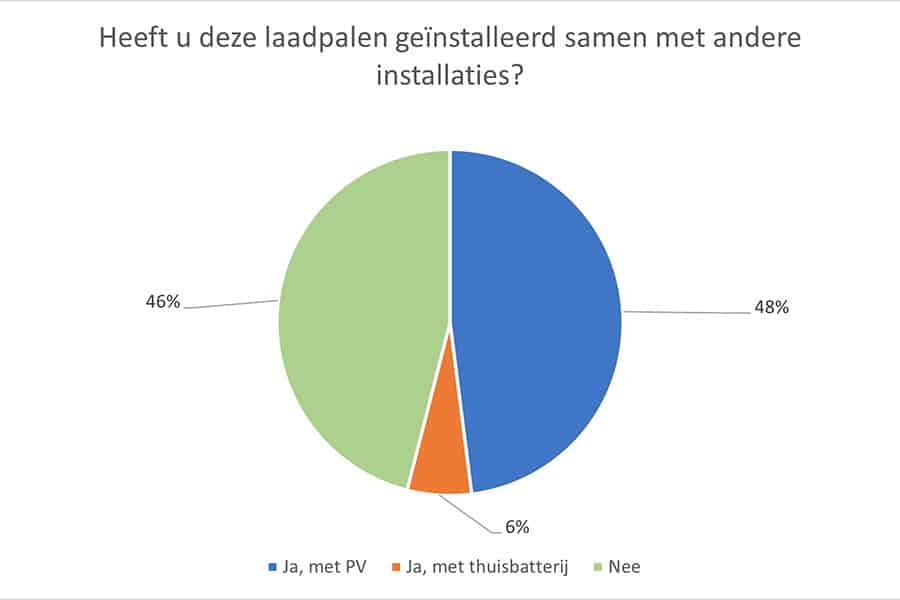
“Transport electrification will play an important role in integrating increasing amounts of renewable energy into the energy system. However, the flexibility that large amounts of EVs can offer through their batteries can only be deployed if there is an immediate commitment to smart charging and system integration. For this, it is crucial not to create lock-ins by installing “dumb” charging infrastructure that cannot be deployed in an integrated energy system. It is clear that the place of electric mobility in the energy transition can only be fully included if it is not only done quickly, but mainly smartly,“ says Vincent.
In conclusion
In Techlink's vision document, LINK2030 (www.link2030.be), the “War For Talent” is one of the biggest challenges for the Multipurpose Installation Ecosystem. To realise the energy transition in the (installation) field, we need sufficient influx of young talents.
Techlink sees that those who do not yet install charging stations would consider doing so if they could find additional well-trained staff. This is just difficult in the current Belgian context of staff shortages for these jobs in sustainable installation techniques, and the sometimes too limited IT knowledge. This can be seen as an obstacle to the energy transition.
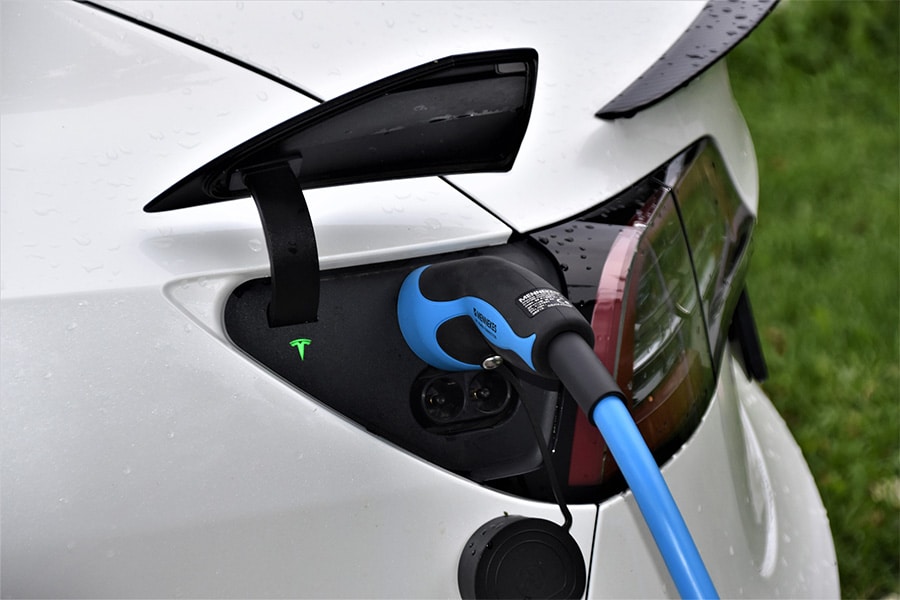
“Techlink is fully aware of this and that is precisely why we launched an awareness campaign on Install Day 2022 to get young people excited about a technical education. With our Install Tomorrow campaign (www.installtomorrow.be) we playfully do away with clichés and let young technical talents inspire others by highlighting the fun aspects of their job. Installing is something you do together. So is campaigning! The technical jobs in our sector are enormously rewarding and varied. The more visibility we generate, the more interesting and attractive to anyone who is/wants to work in our sector,” Eric concludes.

